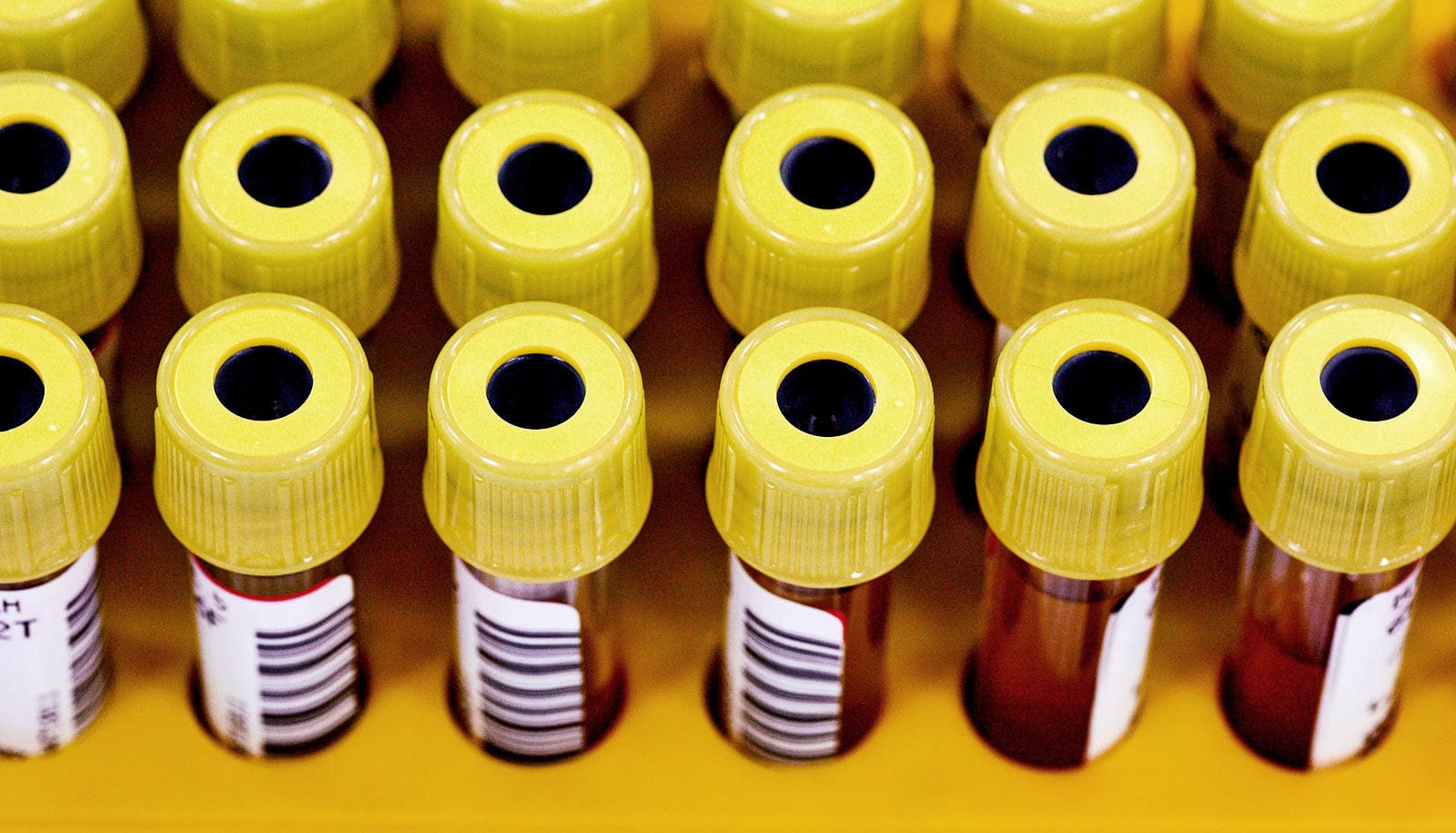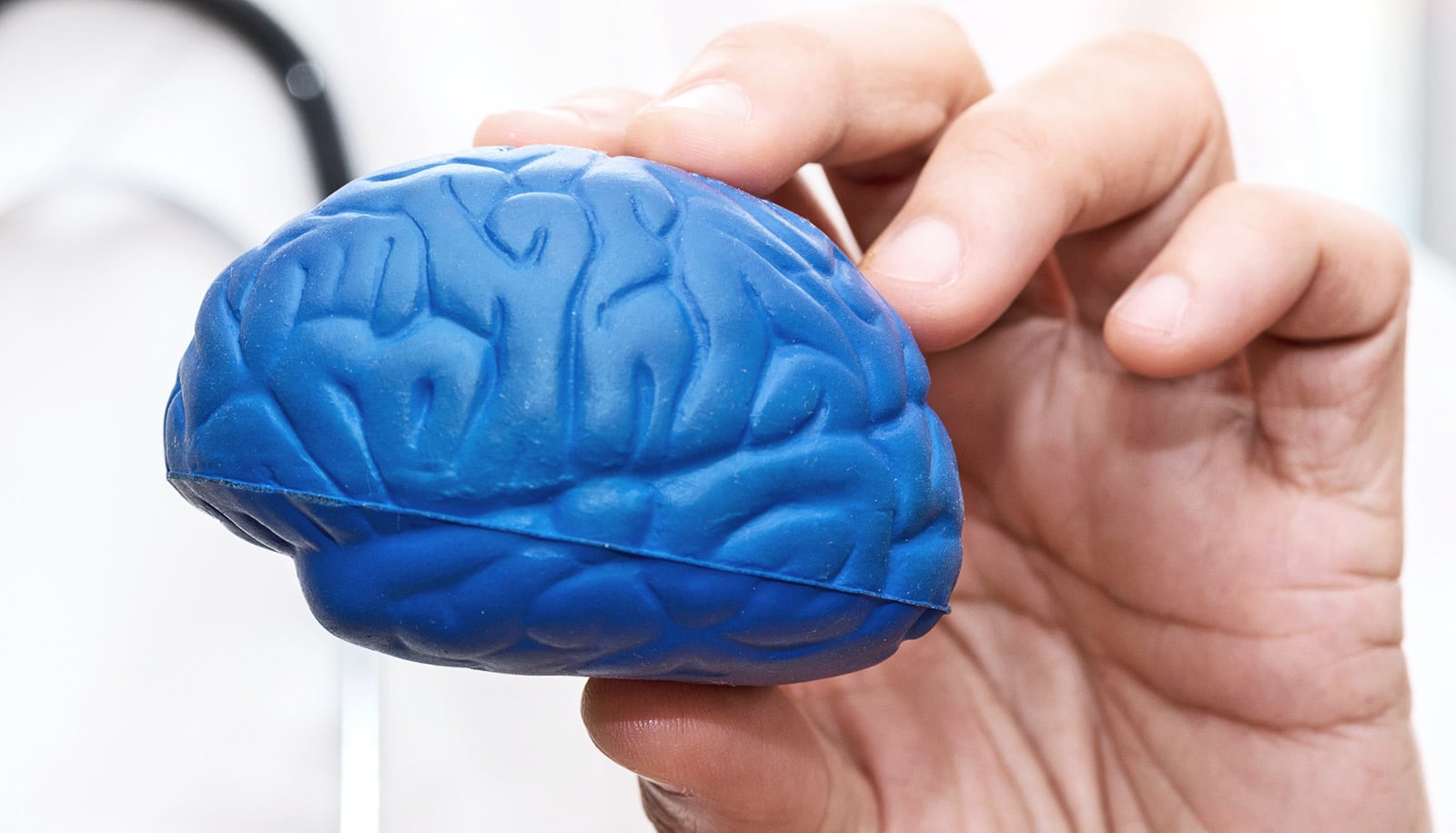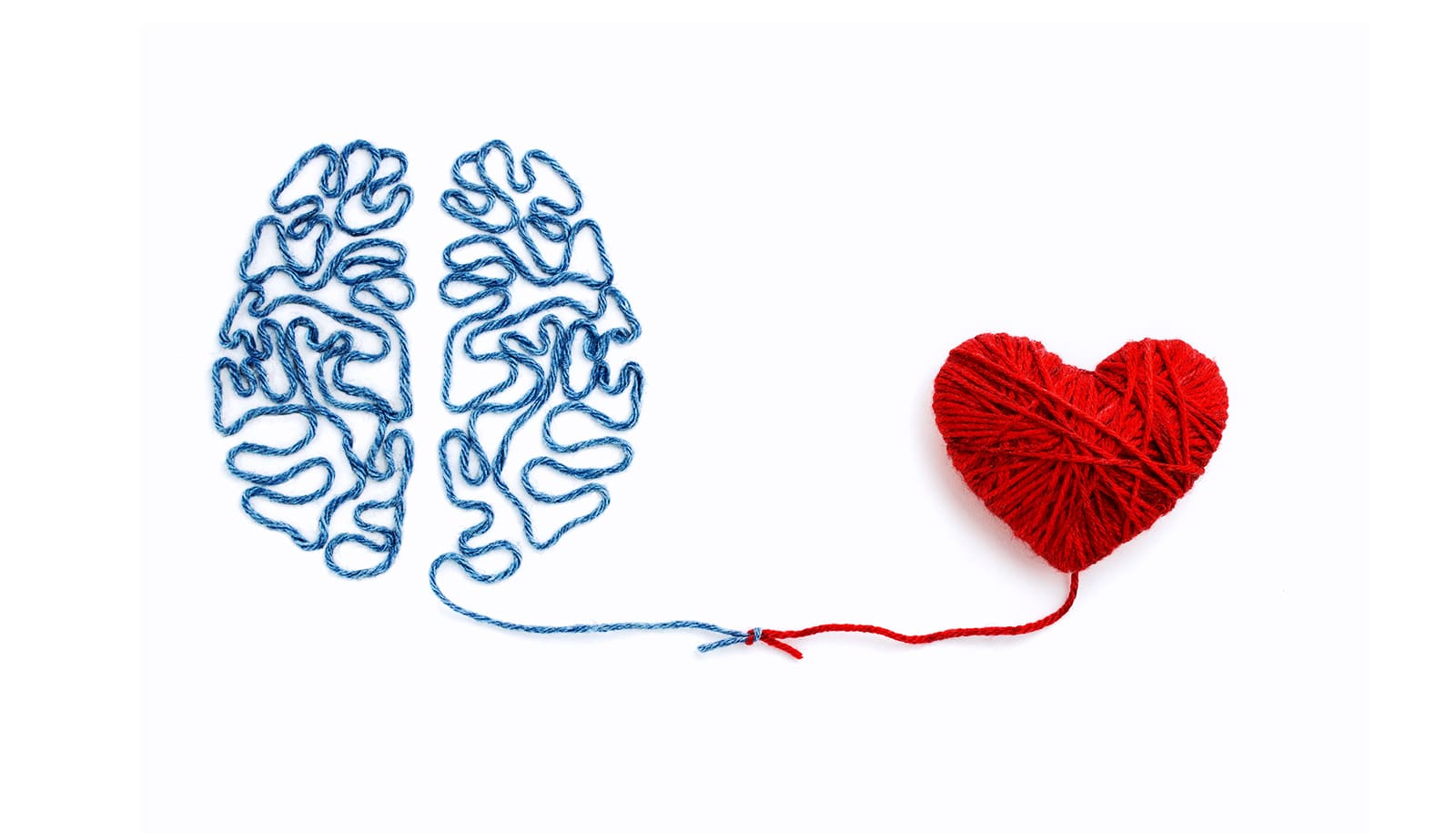A simple blood test reliably detects signs of brain damage in people on the path to developing Alzheimer’s disease—even before they show signs of confusion and memory loss, according to a new study.
The findings, which appear in Nature Medicine, may one day offer a way to quickly and inexpensively identify brain damage in people with not just Alzheimer’s disease but other neurodegenerative conditions such as multiple sclerosis, traumatic brain injury, or stroke.
“This is something that would be easy to incorporate into a screening test in a neurology clinic,” says study coauthor Brian Gordon, assistant professor of radiology at Washington University’s Mallinckrodt Institute of Radiology.
“We validated it in people with Alzheimer’s disease because we know their brains undergo lots of neurodegeneration, but this marker isn’t specific for Alzheimer’s. High levels could be a sign of many different neurological diseases and injuries.”
Very early onset
The test detects neurofilament light chain, a structural protein that forms part of the internal skeleton of neurons. When brain neurons suffer damage or die, the protein leaks out into the cerebrospinal fluid that bathes the brain and spinal cord and into the bloodstream.
Earlier tests show that high levels of the protein in cerebrospinal fluid are strong evidence of damaged brain cells. But a spinal tap is the only way to get the fluid, and many people are reluctant to have one.
To study whether levels of the protein in blood also reflect neurological damage, researchers turned to a group of families with rare genetic variants that cause Alzheimer’s at a young age—typically in a person’s 50s, 40s, or even 30s.
The families form the study population of the Dominantly Inherited Alzheimer’s Network (DIAN), an international consortium that is investigating the roots of Alzheimer’s disease.
A parent with the mutation has a 50 percent chance of passing the genetic error to a child, and any child who inherits a variant is all but guaranteed to develop symptoms of dementia near the same age his or her parent did. This timeline gives researchers an opportunity to study what happens in the brain in the years before cognitive symptoms arise.
16 years before
The researchers studied more than 400 people participating in the DIAN study, 247 who carry an early-onset genetic variant and 162 unaffected relatives. Each participant had previously visited a DIAN clinic to give blood, undergo brain scans, and complete cognitive tests. Researchers evaluated roughly half more than once, typically about two to three years apart.
In those with the faulty gene variant, protein levels were higher at baseline and rose over time. In contrast, protein levels were low and largely steady in people with the healthy form of the gene. Researchers detected the difference 16 years before they expected cognitive symptoms to arise.
In addition, when researchers took a look at participants’ brain scans, they found that how quickly the protein levels rose tracked with the speed with which the precuneus—a part of the brain involved in memory—thinned and shrank.
“Sixteen years before symptoms arise is really quite early in the disease process, but we were able to see differences even then,” says graduate student Stephanie Schultz, one of the paper’s co-first authors. “This could be a good preclinical biomarker to identify those who will go on to develop clinical symptoms.”
How much is too much?
To find out whether they could use protein blood levels to predict cognitive decline, researchers collected data from 39 people with disease-causing variants when they returned to the clinic an average of two years after their last visit.
The participants underwent brain scans and two cognitive tests: the Mini-Mental State Exam and the Logical Memory test. People whose blood protein levels had previously risen rapidly were most likely to show signs of brain atrophy and diminished cognitive abilities when they revisited the clinic.
“It will be important to confirm our findings in late-onset Alzheimer’s disease and to define the time period over which neurofilament changes have to be assessed for optimal clinical predictability,” says senior author Mathias Jucker, professor of cellular neurology at the German Center for Neurodegenerative Diseases in Tübingen who leads the DIAN study in Germany.
All kinds of neurological damage can cause the neurofilament light protein to spill out of neurons and into blood. Protein levels are high in people with Lewy body dementia and Huntington’s disease; they rise dramatically in people with multiple sclerosis during a flare-up and in football players immediately after a blow to the head.
A commercial kit—very similar to the one the authors used—is available to test for protein levels in the blood, but the FDA hasn’t approved it to diagnose or predict an individual’s risk of brain damage.
Before researchers can use such a test for individual patients with Alzheimer’s or any other neurodegenerative condition, they will need to determine how much protein in the blood is too much, and how quickly protein levels can rise before it becomes a cause for concern.
“I could see this being used in the clinic in a few years to identify signs of brain damage in individual patients,” says Gordon, who is also an assistant professor of psychological and brain sciences. “We’re not at the point we can tell people, ‘In five years you’ll have dementia.’ We are all working towards that.”
The National Institute on Aging and the German Center for Neurodegenerative Diseases; the National Institute of Neurological Diseases and Stroke Center Core for Brain Imaging; the National Science Foundation; the National Institutes of Health; the Swiss National Science Foundation; the National Institute for Health Research; University College London Hospitals Biomedical Research Centre; and the MRC Dementias Platform UK funded the work.



